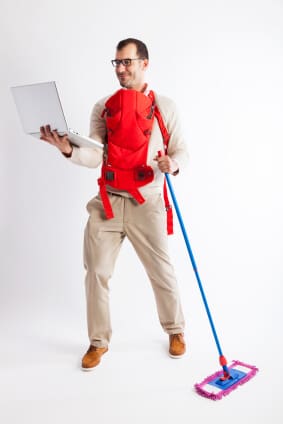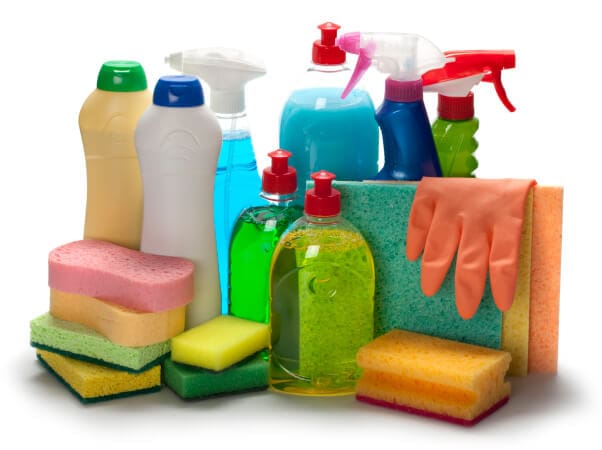 We could all use a little motivation to get the chores done. Goldstar has 31 days’ worth.
Starting May 1, Goldstar Cleaning Services is launching its Spring Clean Challenge, a 31-day regiment designed to take your home from drab to fab in time for summer.
“The Spring Clean Challenge focuses on what people can do individually, each day, to de-clutter and clean up,” explains Goldstar owner Jill Barclay.
“Each task is small, but over the course of the month, it adds up to a clean home.”
And there’s an added bonus: those who participate in the challenge will be entered into a draw for three months of bi-weekly residential cleaning from Goldstar’s professional cleaning staff.
Here’s how to enter:
-Go to Goldstar’s Facebook page (Goldstar Cleaning Services Ltd.) and click “Like”
-Follow the daily tasks posted on Goldstar’s wall. (Don’t worry, the tasks will be simple, like cleaning out from underneath the kitchen sink, or sorting through the medicine cabinet.)
-Register at https://apps.facebook.com/easypromos/register/85205. Post your feedback when you’ve completed a task. You can also post photos or personal testimonies. Goldstar will also be posting cleaning tips throughout the month, to help you along.
-At the end of the month, all registered participants will be entered in the draw. The more tasks you complete, the more chances you have to win!
We could all use a little motivation to get the chores done. Goldstar has 31 days’ worth.
Starting May 1, Goldstar Cleaning Services is launching its Spring Clean Challenge, a 31-day regiment designed to take your home from drab to fab in time for summer.
“The Spring Clean Challenge focuses on what people can do individually, each day, to de-clutter and clean up,” explains Goldstar owner Jill Barclay.
“Each task is small, but over the course of the month, it adds up to a clean home.”
And there’s an added bonus: those who participate in the challenge will be entered into a draw for three months of bi-weekly residential cleaning from Goldstar’s professional cleaning staff.
Here’s how to enter:
-Go to Goldstar’s Facebook page (Goldstar Cleaning Services Ltd.) and click “Like”
-Follow the daily tasks posted on Goldstar’s wall. (Don’t worry, the tasks will be simple, like cleaning out from underneath the kitchen sink, or sorting through the medicine cabinet.)
-Register at https://apps.facebook.com/easypromos/register/85205. Post your feedback when you’ve completed a task. You can also post photos or personal testimonies. Goldstar will also be posting cleaning tips throughout the month, to help you along.
-At the end of the month, all registered participants will be entered in the draw. The more tasks you complete, the more chances you have to win!
Good luck, and be sure to follow Goldstar’s Facebook page throughout the month of May to finish as much of the Spring Clean Challenge as possible!






